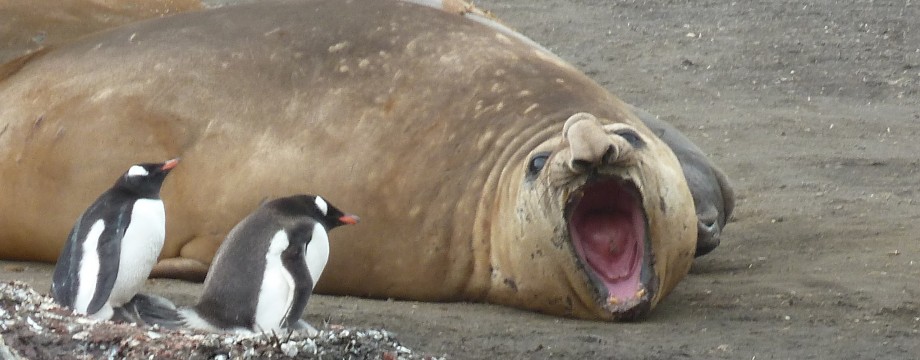It was a quick four hour bus-ferry-bus ride from Tallinn to the island of Saaremaa in western Estonia. Along the way, the land was pancake flat and I passed more rolled hay stacks than Monet could paint in a lifetime. Saaremaa is just under 3,000 square kilometers and has a population of 35,000. The biggest town of Kuressaare is home to 14,000 people.
The main attraction in Kuressaare is the Bishop's Castle. The castle was built for the local bishop in the fourteenth century and is surrounded by a moat.
The castle's exterior was beautiful but the exhibits inside were a bit confusing. There was very little information on the castle's history or explanations of what the different rooms were used for. Instead, there was a taxidermy exhibit of a mishmash of animals, a look at the development of Estonian education, a history of life on Saaremaa, and the island's experience during WWII and under the USSR. The English language information sheets in each room were well translates but left glaring gaps and were out of order with the artifacts, so I eventually abandoned reading them and tried to get a sense of life just from the artifacts.
According to legend, a court tried prisoners in the castle. Anyone found guilty was immediately taken to the adjoining chamber where there was a pit thirty feet deep. At the bottom of this pit paced an agitated and hungry lion waiting to devour its next meal. Bishop Heinrich III died in the shaft in 1381, the first recorded mention of the town in any text.
The most interesting feature was a ten minute video detailing the seven kilometer ferry crossing from the mainland to the island during the winter of the 1950s. As I rode that same ferry on a mild July morning, I did wonder what the same crossing was like in the dead of winter. In the video, cars drove cautiously at night over a thick sheet of ice between the island and mainland. One car actually sank through the ice and the driver was able to escape in time. The next day, the ferry slowly pushed through a narrow, relatively ice-less passage. A scuba diver was sent under the ice to attach a hook to the sunken car's fender and the ferry pulled the car onto its deck! Because this was the 1950s, the scuba diver's gear included a huge, globe-like helmet and lead filled boots which meant the diver had to be dragged along the ice so as to not crash right through. The trip that took no more than maybe twenty five minutes this summer morning was easily ten to twelve hours in winter sixty years ago. In fact, the video shows people walking along the frozen ice and passing the ferry.
From what I've seen so far, typical Estonian food seems to be a combination of Scandinavian dishes (lots of herring) and Russian cuisine (borscht, anyone?), neither of which do a lot for me as a vegetarian. There's more than enough veg-friendly food around, so that's not a problem. In all my travels, I've come across some pretty unappetizing foods, all of which were meat based, but this is the first place I've ever seen a vegetarian dish that absolutely turned my stomach. Pickles with honey and sour cream. Needless to say, I didn't order it.
Perhaps what I like most about cafes and restaurants in Estonia is that most of them have outdoor patios and, since the weather can get cold quickly even in the summer, they all supply cozy fleece blankets to wrap yourself up in as you enjoy your pot of tea, beer, or pickles with honey and sour cream.












